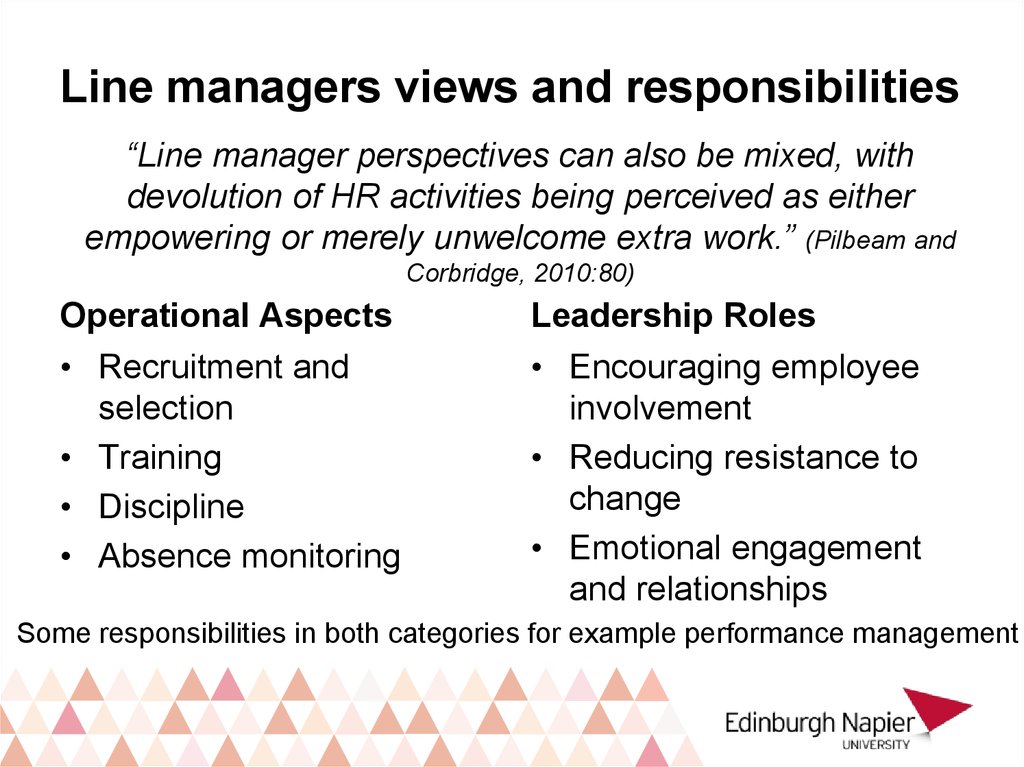

Whilst the roles share similarities as public figureheads for the firm, the difference between a chairman and a CEO lies in the teams they lead: a chairman oversees the board of directors with a high-level policy focus, whereas a CEO is in charge of the senior management team and has more of a strategic and operational role. A chairman represents their business publicly and plays a key networking role. Holding a position on the board and the senior management team, they serve as the bridge between the two and liaise with senior executives to ensure they achieve the organisation’s targets. The chairman (or chairperson) heads up the board of directors. Working with the chief financial officer (CFO) and other senior executives to set departmental budgets.Įxperience/qualifications required: a bachelor’s in business or a relevant subject (often a master’s is preferred) and at least 10 years of experience.Īverage salary: £99,804 per annum (range of £66,000 – £151,000).Overseeing relationships with partner firms and high-profile clients.Monitoring performance in relation to competitors and implementing improvements.Liaising with departments to ensure they achieve their goals and contribute to the wider company.Setting the firm’s strategy in partnership with the CEO.Supporting the CEO with key business decisions.Some businesses have separate president and CEO roles – in this scenario, the VP supports the president with tasks they don’t have time to see to. They are often second in command behind the CEO (who will also act as the president). The company VP acts as a leadership figure within an organisation. We’ll dig deeper into each of the roles in the structure and their responsibilities below. Ensure that the business is being managed effectively and targets are achieved.Ī typical senior management team structure is made up of top-level executives such as the CEO and company vice president (VP), in addition to those in charge of functional departments such as finance and marketing.Set the salaries and compensation of the senior management team.Structure dividend payouts to shareholders.Contribute to the setting of company goals.Appoint and, if necessary, dismiss senior executives (particularly the CEO).In most cases, the board will feature both external members (non-executive directors) and internal members from the senior management team (executive directors).Īs part of its role in overseeing the senior management team, a board of directors is required to: Public limited companies (PLCs) are legally required to have a board of directors in order to ensure that senior management teams are held accountable to those who own shares, acting as a fiduciary. Managing the demands of stakeholders through the board of directors.Ī board of directors is appointed to represent the shareholders of a firm.Organising the management of resources within the firm.Coordinating activities in functional departments (i.e.Setting ambitious yet achievable goals, then managing teams to work towards them.Devising an appropriate strategy and ensuring it is implemented effectively.The senior management team plays a number of vital roles within a business, including:

Join us as we explore the function of senior management teams, their structures, and the roles within them. This guide explains everything you need to know. Senior management typically comprises several well-defined roles that oversee activities in different parts of the business.Īs an established SME or larger firm, you may be thinking about expanding your existing senior management team to accommodate growth or instating a board of directors before becoming a public limited company (PLC). Headed up by the chief executive officer (CEO), this group of individuals sits at the top of a company’s structure and provides strategic steer. A senior management team consists of top-level employees who work together to manage an organisation.


 0 kommentar(er)
0 kommentar(er)
